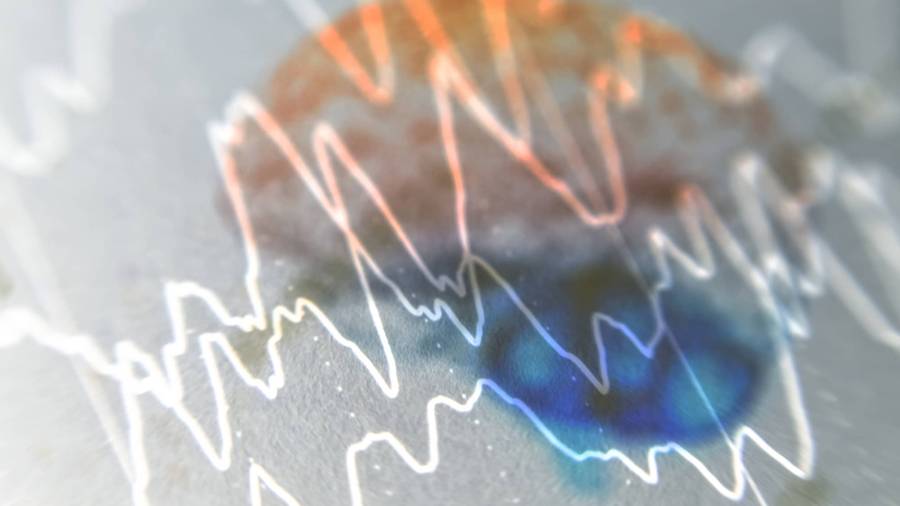How exactly does hypnosis work?

Hypnosis scientifically proven through studies
For centuries, people have been using the healing effects of hypnosis. What began as a belief has been proven in our modern times by a number of studies, such as the "Expertise for the Assessment of the Scientific Evidence of the Psychotherapy Procedure Hypnotherapy" by Prof. Dr. Dirk Revenstorf on behalf of the Milton Erickson Society for Clinical Hypnosis (MEG) and the German Society for Hypnosis (DGH) in 2003.
But how exactly does hypnosis work?
The question is still not easy to answer. Currently, a few different hypotheses are being discussed. For most scientists, however, a process called dissociation plays a decisive role. They assume that under hypnosis the brain separates the different information components of a stimulus. In the case of pain, for example, pure perception is not linked to either the temporal or emotional aspect of the pain. From a neurobiological point of view, this means that the different associations of nerve cells no longer communicate directly with each other. For example, the affected person is no longer interested in the duration of the stimulus nor in whether he or she has experienced it before.
How hypnosis works in the brain
This effect can be visualized with the help of functional magnetic resonance imaging (MRI). Under hypnosis, activity in the so-called dorsal anterior cingulate gyrus decreases. This area is decisively responsible for how strongly we react to a certain stimulus and thus determines the relevance of different stimuli. At the same time, a stronger connection can be seen between part of the prefrontal cortex and the insular cortex. This helps the brain to better distinguish and understand the different processes in the body. The third visible change in the brain is seen in the so-called default mode network, the area of the brain that is active during daydreaming, for example, and that enables stimulus-independent thinking. Interestingly, this area is also particularly active under meditation.
The subconscious mind is reprogrammed under hypnosis
Hypnosis thus manages to separate the emotional sensation from a stimulus, such as a pain, thus significantly weakening the effects of pain on sensation. In addition, however, hypnosis also facilitates access to the inner images or the subconscious mind. This leads to the recognition of connections and old dependencies. At the same time, new images can emerge and be changed at will. The subconscious is reprogrammed, so to speak.

Hypnosis Berlin
By Mina
Self-test - Am I hypnotizable?
Test yourself!
Find out how well you can be hypnotized and take the self-test on your own hypnotizability (suggestibility) and answer 12 questions shortly.

Bin ich hypnotisierbar?
You can find more information about hypnosis and our hypnotherapy sessions in the FAQ section and more specifics about the hypnotherapy procedure here.
 Children
Children Phobias
Phobias Physical
Physical Profession
Profession Psychosomatic
Psychosomatic Relationship
Relationship Self-Growth
Self-Growth Stress
Stress
